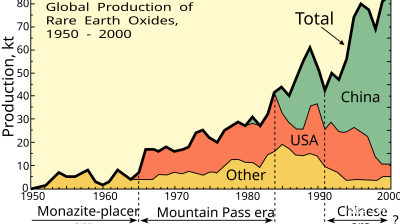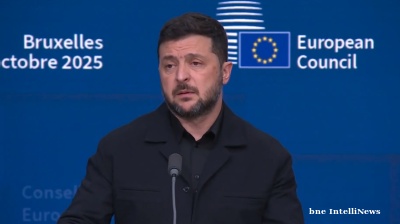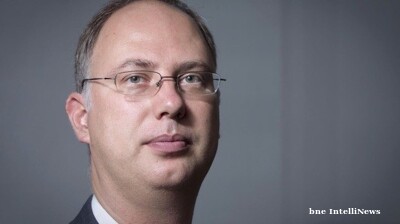The last time Eastern Europe saw a major clash between two large tank armies was the legendary Battle of Kursk in August 1943 at the end of WWII. But as the threat of a Russian invasion of Ukraine looms ever larger, there is the prospect of another large tank battle but this time in the golden wheat fields of eastern Ukraine.
The workers at the Malyshev Plant State Enterprise, Ukraine’s biggest tank factory, are working flat out to complete new tanks. Orders at the Soviet-era factory have grown steadily in recent years as the Ukrainian government has poured money into modernising its army since fighting broke out in the east of the country in the disputed Donbas region. The state has dedicated 5% of GDP to military spending a year – twice the Nato member norm – as it prepared for the possibility of facing Russia’s army, the most powerful in Europe.
****
Malyshev Plant State Enterprise is part of Ukraine’s extensive and respected defence sector under the Ukroboronprom holding company. Long known as one of the most corrupt companies in the country, as part of the modernisation drive Ukroboronprom was put under the management of the liberal former Economics Minister Aivaras Abromavičius, who began the task of cleaning up this particular Aegean stables.
****
Battle order
If it comes to a fight with Russia, then the battle will be a rather one-sided affair. Russia is the world’s foremost tank power, according to the website “Global Fire Power”, boasting the largest tank force of any nation on earth with 12,420 tanks and 30,122 armoured vehicles.
Ukraine, despite paling in comparison to its eastern neighbour, is still a significant power in terms of tanks and armoured fighting vehicles, ranked 22 in the world in terms of numbers and boasting 12,303 armoured vehicles and 2,596 tanks.
And Ukraine is doing what it can to bolster its tank fleet. The Kharkiv-based Malyshev Plant State Enterprise continues to increase its orders and output. Following its break with Russia in 2014 after the annexation of the Crimea, one of the export directions identified by the state has been the sale of arms, organised under the auspices of Ukroboronprom.
Ukraine’s tanks were left to rot following the collapse of the Soviet Union due to corruption and negligence. The beginning of the Russo-Ukrainian War gave a new and urgent impetus to revitalise Ukraine’s defences.
Ukroboronprom aims to increase production by 16.4% this year, UBN reported on February 10, looking to increase high-precision weapons and ammunition production by 16.4% in 2022, according to general director Yuriy Gusev.
Ukroboronprom continues to produce three AN-178 aircraft – the giant “Antonov” cargo planes – commissioned by the Ministry of Defence and another AN-32P cargo plane for the Ministry of Internal Affairs that will be given to the Ukrainian National Airline. The holding is looking to produce air-to-air missiles in addition. On the sea Ukroboronprom is developing a prototype ship-based Neptune SCRC missile. According to the results of pilot tests, the AAM missile system, Alder-M, should be adopted by the Air Force of Ukraine soon. All in all, last year alone, the state company increased weapons production by 24% to $1.3bn.
Tanks play an important role in the defence industry’s development. Co-operating with Ukrspetsexport, Ukroboronprom is repairing its T-80UD tank fleet. This is part of a $85.6mn contract signed in February 2021 with the Islamic Republic of Pakistan.
Pakistan’s arms market remains one of the most strategic markets for Ukroboronprom. Kharkiv’s Malyshev Plant has already signed $32mn worth of military-technical contracts with Pakistan.
In September 2021, Ukroboronprom held a number of working meetings with leading American defence companies during a visit by general director Gusev to the United States. The company will hope to build on a successful 2020, when it fulfilled 99% of government orders. The company reached agreements on co-operation and signed three agreements totalling $2.5bn with its US partners.
Ukroboronprom is boosting production of caterpillar tracks for the BMP-1/2, a Soviet-era amphibious tracked infantry fighting vehicle, increasing production volumes of BTR-4 hulls, an amphibious 8x8 wheeled armoured personnel carrier, and modernising together with the Kharkiv Armoured Plant of the T-64 tank to the 2017 vintage T-64BM-2 type. Kharkiv Armoured Plant was the inventor and original producer of the T-64 tank in 1964.
Ukraine used to produce the more modern T-72 tanks as well together with Russia, but it lost access to those facilities as a result of the outbreak of an undeclared war in east Ukraine in 2015 and so the government has focused on upgrading the T-64, where it still controls the facilities in Kharkiv.
The tanks, which are the most common workhorse of Ukraine’s armoured power, will be upgraded to the 2017 model featuring new thermal vision equipment, digital radio communication and satellite navigation systems, as well as new explosive-reactive armour, the Kyiv Post reports. The new tanks are getting modern sight systems to ensure sharp and accurate target acquisition and destruction with the vehicle’s 125mm cannon in all meteorological conditions and at all times of day. At the same time, the new explosive cladding is capable of withstanding all modern anti-tank weapons, including high-explosive and armour piercing shells, and explosively formed penetrators.
The main issues with producing Dozor armoured personnel carriers at the plant are: receiving direct orders from Ukraine’s Ministry of Defence for supplies of spare parts for armoured vehicles, to restore production of BTR-4, etc., the Ukroboronprom website stated.
"For Malyshev Plant the current year should become a turning point, Oleh Vynnyk emphasises, general director of the enterprise, holding high hopes for the number of orders and exports for this year.
During a one-day press tour where mass media was invited to the Kharkiv Armoured Plant, questions from journalists focused purely on the financial side, with geopolitical questions going amiss. Employees of Ukroboronprom and the Armoured Plant refused to answer questions concerning comparison between Russian and Ukrainian tank fleets and whether Ukraine has an answer to Russia’s “next-generation” tank, the Armata.
Features

Russian e-commerce giant Wildberries goes on a mysterious M&A spree
Russian e-commerce giant goes on M&A spree Almost a year after the controversial merger with a leading outdoor advertising firm, Russia’s leading e-commerce site Wildberries is indulging in a fresh bout of eyebrow raising deals.
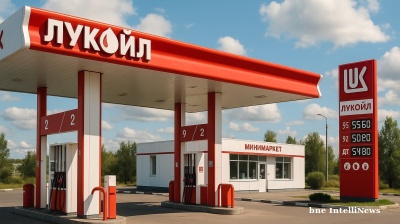
US expands oil sanctions on Russia
US President Donald Trump imposed his first sanctions on Russia’s two largest oil companies on October 22, the state-owned Rosneft and the privately-owned Lukoil in the latest flip flop by the US president.
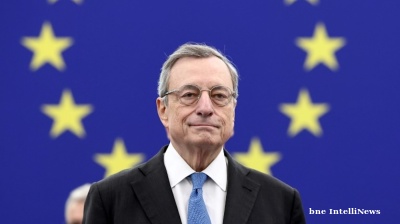
Draghi urges ‘pragmatic federalism’ as EU faces defeat in Ukraine and economic crises
The European Union must embrace “pragmatic federalism” to respond to mounting global and internal challenges, said former Italian prime minister Mario Draghi of Europe’s failure to face an accelerating slide into irrelevance.
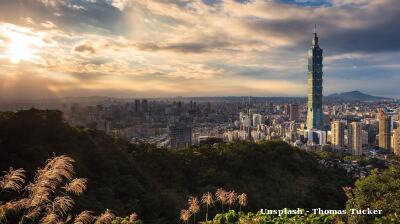
US denies negotiating with China over Taiwan, as Beijing presses for reunification
Marco Rubio, the US Secretary of State, told reporters that the administration of Donald Trump is not contemplating any agreement that would compromise Taiwan’s status.
